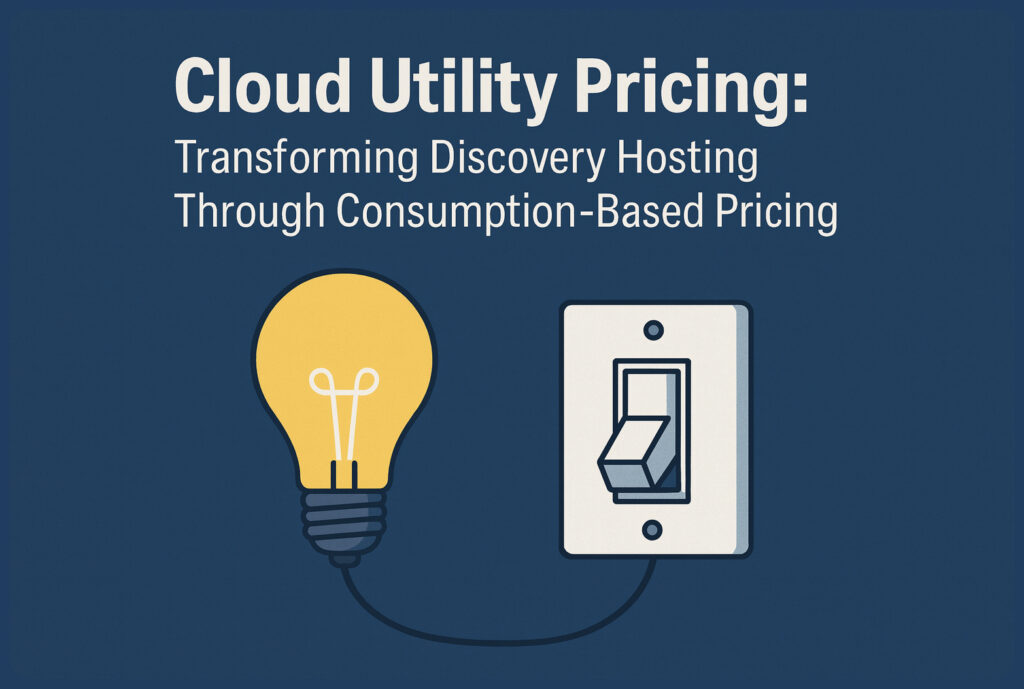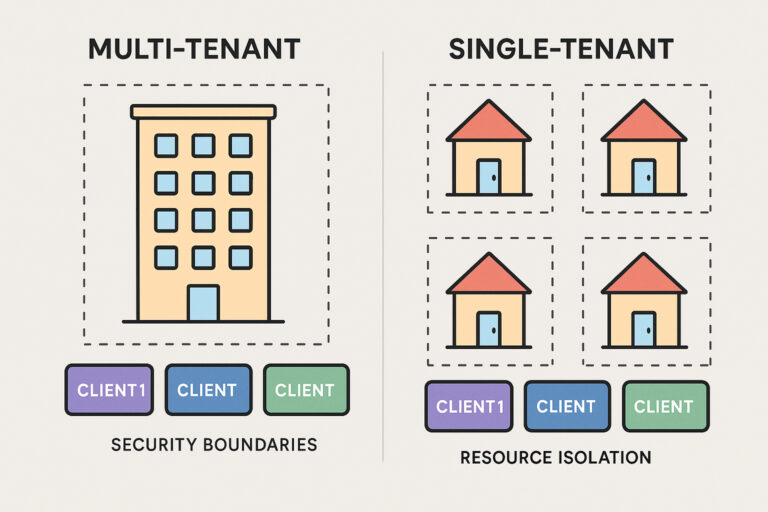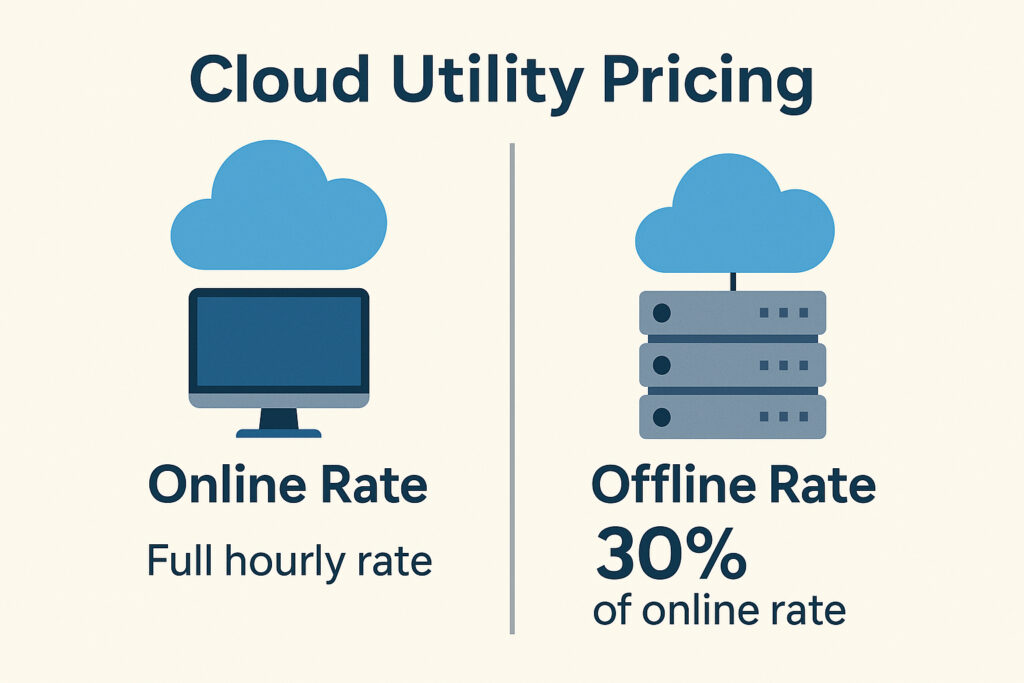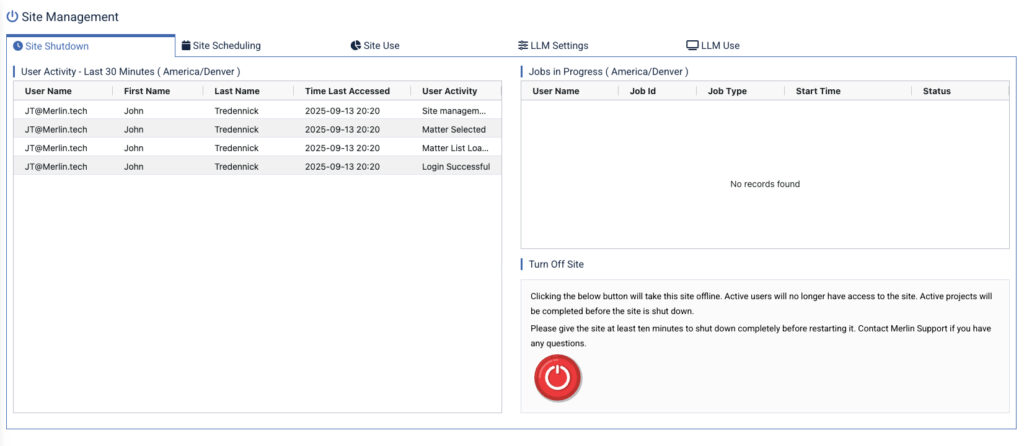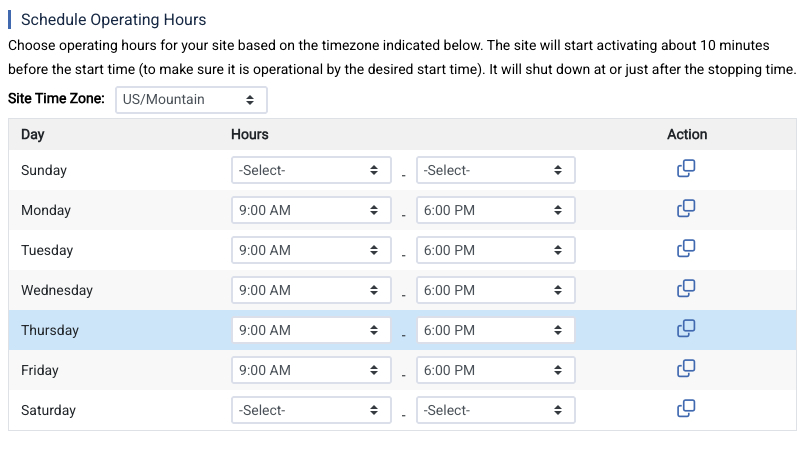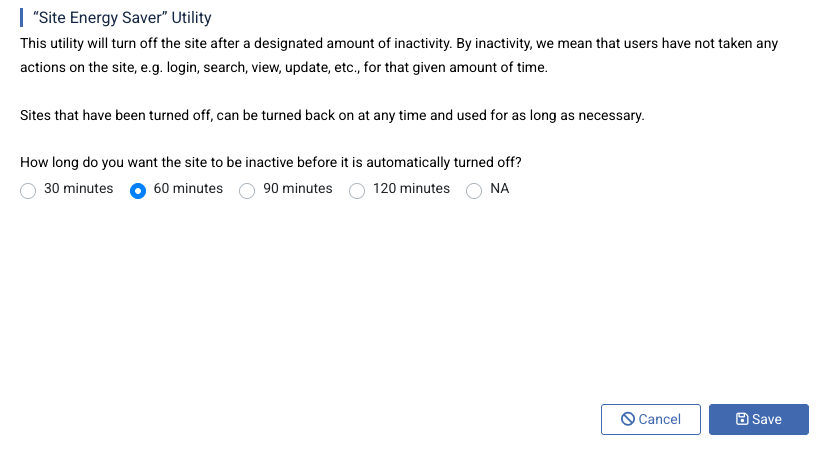By John Tredennick
For decades, legal discovery platforms have operated on a simple but inefficient economic model: pay a fixed monthly fee per gigabyte, regardless of how much you actually use the system. This "always-on" approach treats discovery hosting like commercial real estate—you pay rent whether you're using the space or not.
But what if discovery hosting worked more like a utility service? What if you only paid full price when the lights were on and substantially less when they weren't needed?
This fundamental shift in thinking has led to the development of Cloud Utility Pricing—a revolutionary approach that aligns hosting costs with actual use while maintaining enterprise-grade security and instant accessibility. For general counsel managing multiple matters across extended timeframes, this innovation represents both a significant cost-reduction opportunity and a more rational way to think about discovery economics.
The Technical Foundation: Why Single-Tenant Architecture Changes Everything
To understand how Cloud Utility Pricing works, we need to examine the underlying technology that makes it possible. The key lies in what's called single-tenant architecture—a fundamentally different approach to how discovery platforms are built and deployed.
Traditional Multi-Tenant Platforms: The Shared Infrastructure Challenge
Most discovery platforms operate on multi-tenant architecture, where multiple clients share the same underlying infrastructure, databases, and computing resources. Think of it as a large apartment building where everyone shares the same utilities, security systems, and infrastructure. While this approach can be cost-effective for vendors, it creates several limitations:
- Resource Constraints: When one client runs resource-intensive operations, it can impact performance for others sharing the same infrastructure.
- Security Risks: All client data exists within the same broader system. If security is compromised at any point, all clients are potentially exposed.
- Limited Control: Clients cannot control when the system is active or inactive because resources are shared across multiple users who may need access at different times.
- No Utility Pricing: Because the infrastructure serves multiple clients simultaneously, it must remain fully operational 24/7, making consumption-based pricing impossible.
